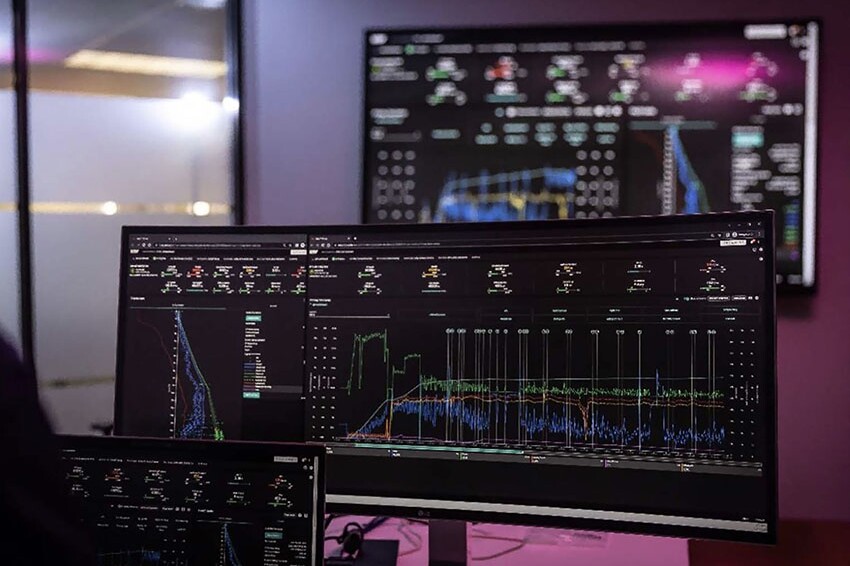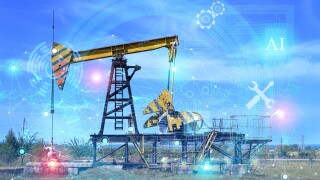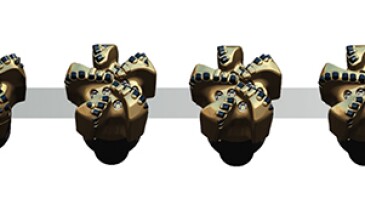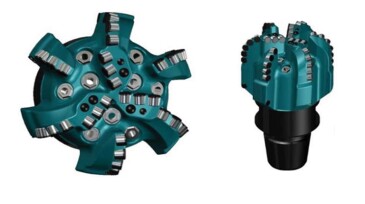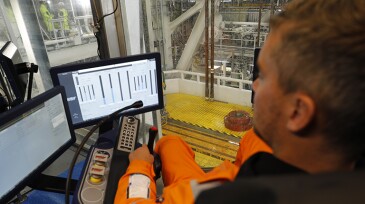Data mining/analysis
In today’s era of asset management, digital twins are changing risk management, optimizing operations, and benefitting the bottom line.
Over decades of exploration and production, the oil and gas sector has accumulated vast amounts of legacy data in various formats. Artificial intelligence and machine learning present an opportunity to transform how this unstructured data is processed and used, enabling significant improvements in operational efficiency and decision-making.
A roundtable discussion during CERAWeek pointed to the necessity of a mindset shift for the oil and gas industry to tap into AI’s true potential.
-
A supervised machine-learning algorithm is developed to classify drilling parameters that increase rate of penetration and bit endurance for use in unconventional fields in Australia.
-
This paper describes how severe rig limitations were overcome through an optimization plan in which an optimal bottomhole assembly was designed and drilling practices were customized.
-
The authors describe an integrated geological-engineering data-management project covering all aspects of well-engineering work flows.
-
Open Energi’s technology optimizes the energy use of low-carbon assets, including battery storage, hydrogen electrolyzers, and solar farms, connecting the assets to power markets and giving traders access to real-time data. The goal is to provide flexibility at times of low renewable-energy generation and during price peaks.
-
Earlier this year, 19 teams competed in a machine-learning contest held by the Data Analytics Study Group of SPE’s Gulf Coast Section. The was the first competition of its kind for SPE. Here, the organizers of the contest present some of the techniques used and lessons learned from the Machine Learning Challenge 2021.
-
“What is the drilling state” has become an important question among data scientists and automation experts. The simplest definition of a complicated concept is that it is what the driller is doing at the time.
-
The digital repository will use a hybrid cloud architecture to provide subsurface data for the Norwegian Petroleum Directorate.
-
GeoMark’s RFDbase contains raw data from every major petroleum basin in the world that can be used in training models to link subsurface characteristics to wellhead performance.
-
The oil industry’s rush to capitalize on digital change has scrambled relations with service providers big and small, giving the oil companies a greater say in the process.
-
This column is intended to provide a starting point and a roadmap for professionals who want to learn data science and are struggling with the question, “Where do I start?”

